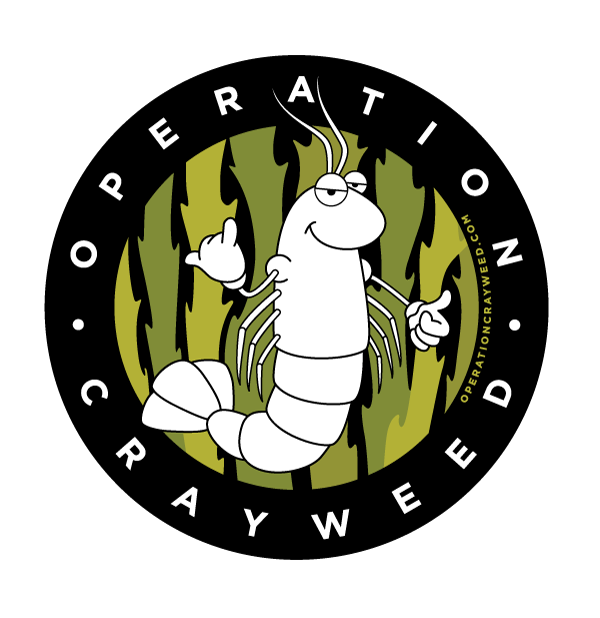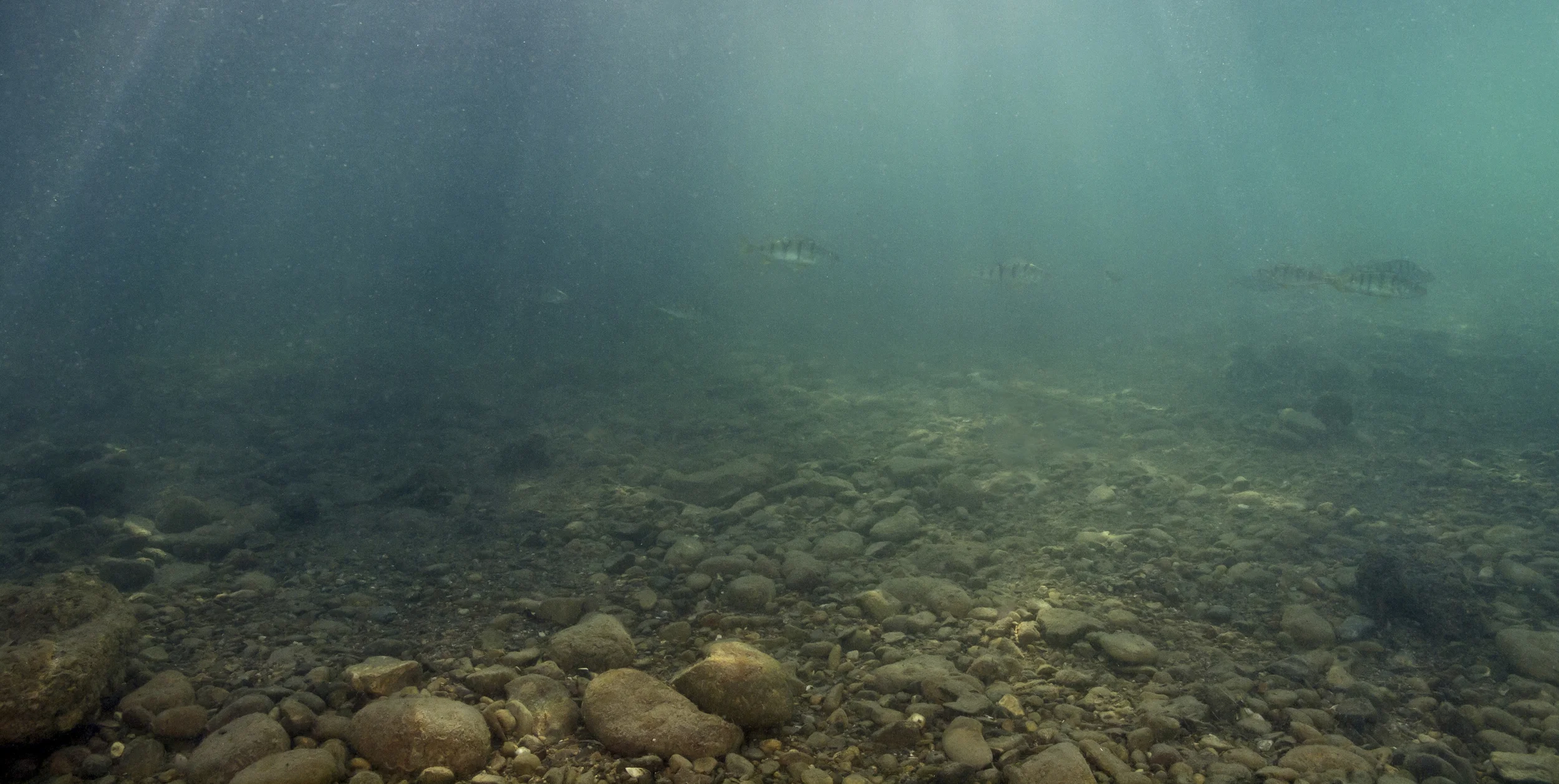Seaweeds may not be the most glamorous of sea creatures, but they’re AMONG the most important, providing critical food and habitat that supports hundreds of species. Just like trees on the land, seaweeds form vast underwater forests that underpin coastal food webs, all while quietly capturing atmospheric carbon and producing precious oxygen.
Alarmingly, temperate seaweed forests are in decline, due to multiple human activities. This is bad news for anyone who enjoys eating seafood, diving or fishing, because if seaweed forests disappear, all the critters that depend on them will disappear too and we’ll have no crays or abalone to see, catch or eat.
‘Crayweed’ forms dense forests on shallow reefs all the way from Port Macquarie to Tasmania. Crayweed (scientific name Phyllospora comosa) used to also be very abundant along the Sydney coastline, but sometime during the 1980s it disappeared completely from the metropolitan area between Palm Beach and Cronulla. The high volumes of poorly treated sewage that were pumped directly onto Sydney’s beaches and bays before the 1990s likely caused this decline. The problem is that although water quality in Sydney has improved dramatically since the establishment of deep ocean sewage outfalls, the crayweed forests have not returned.
Crayweed provides food and habitat to a huge diversity of fish and invertebrates, including economically important abalone and crayfish. Other species of seaweed do not play the same role in Sydney’s marine environment, so losing crayweed is bad news for our local marine biodiversity.
“The aim of OPERATION CRAYWEED is to bring crayweed back to reefs where it
once flourished and to re-establish this essential habitat and food source for Sydney’s coastal marine biodiversity. ”


